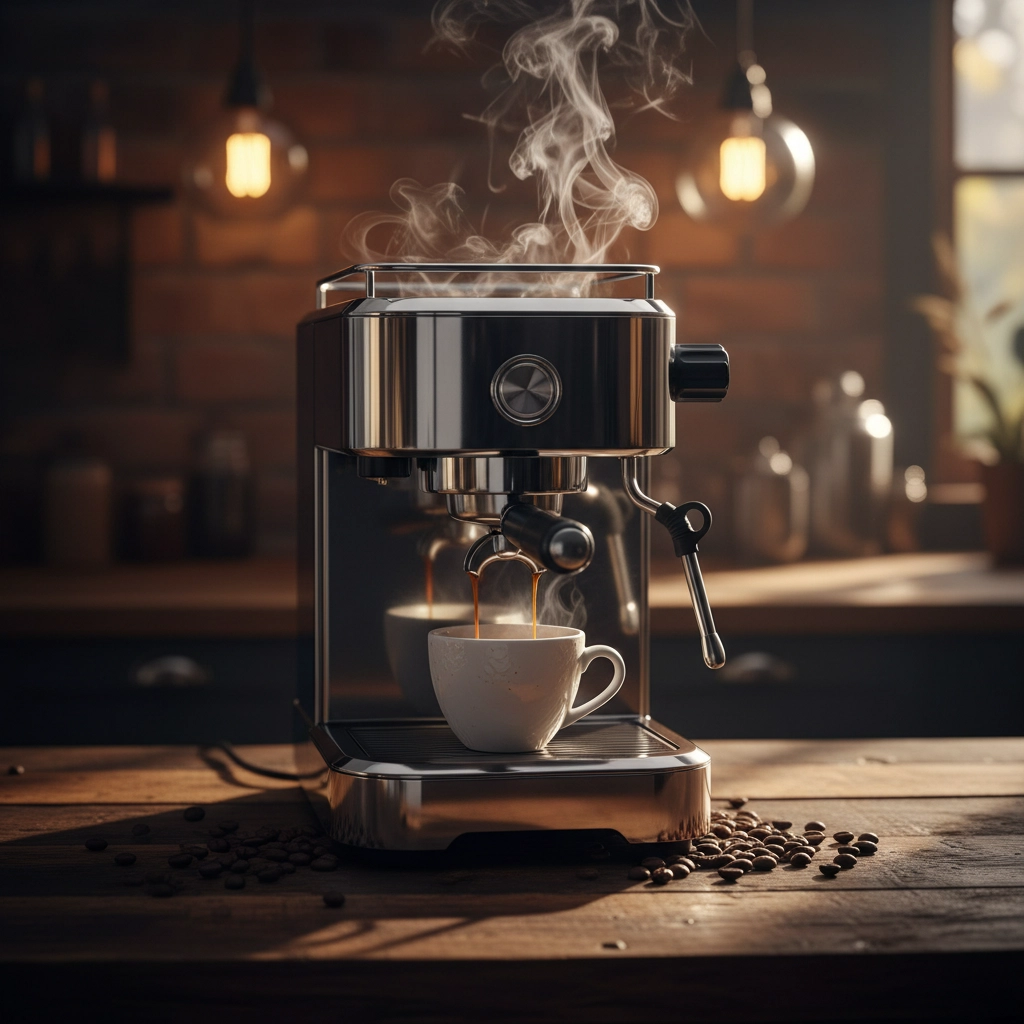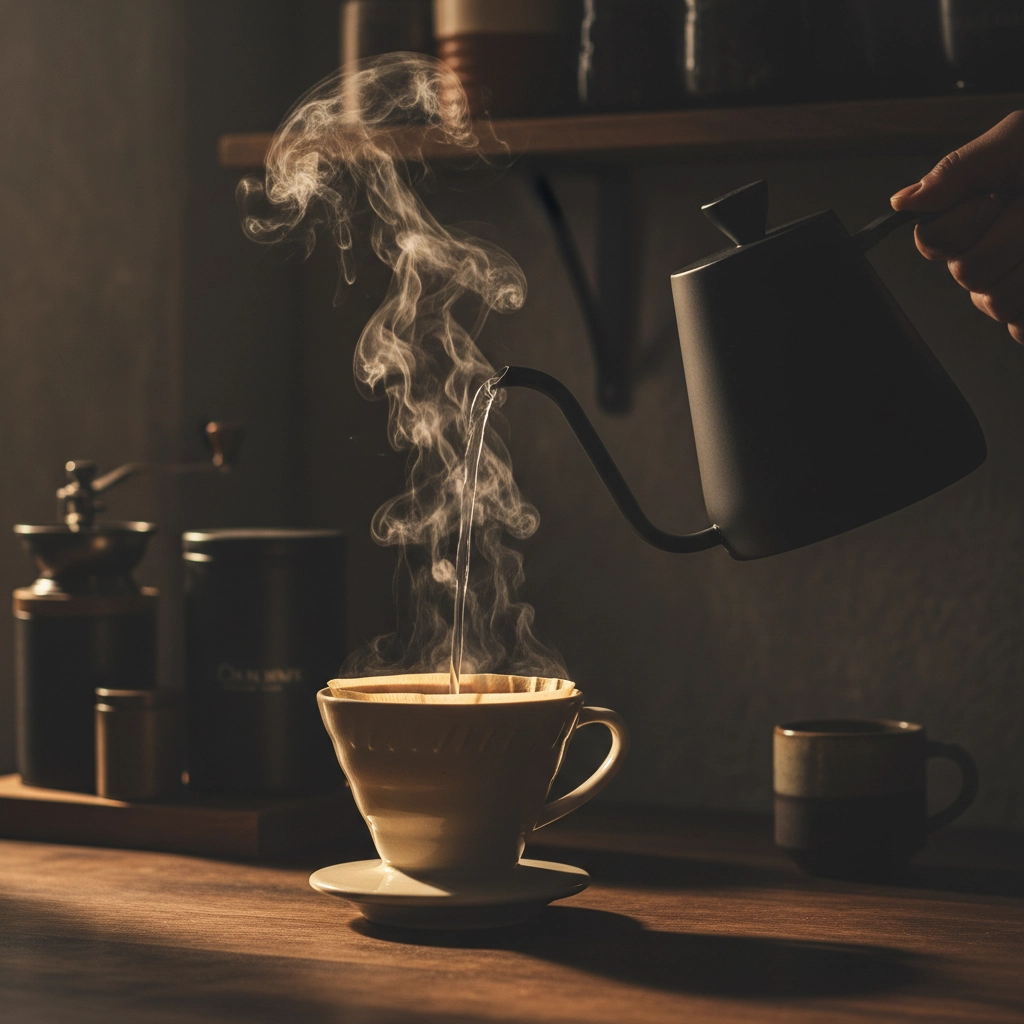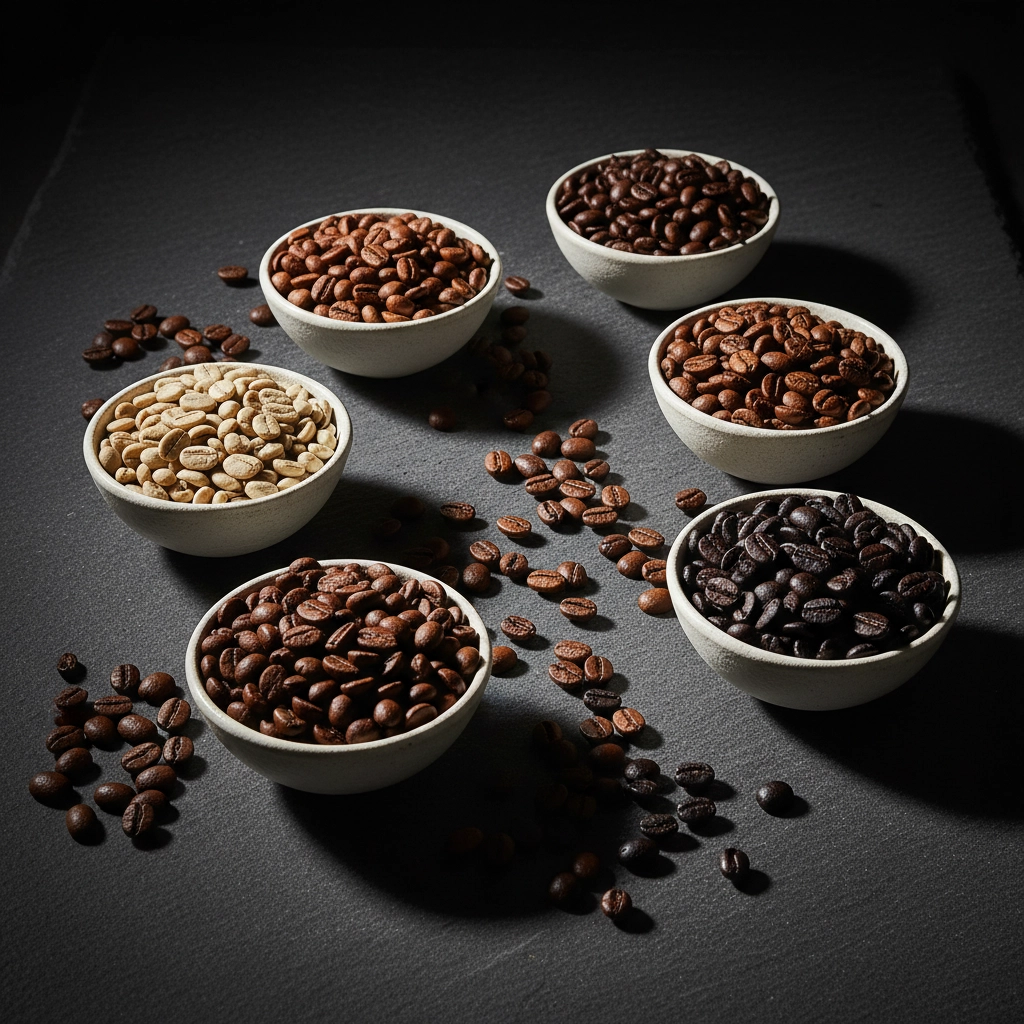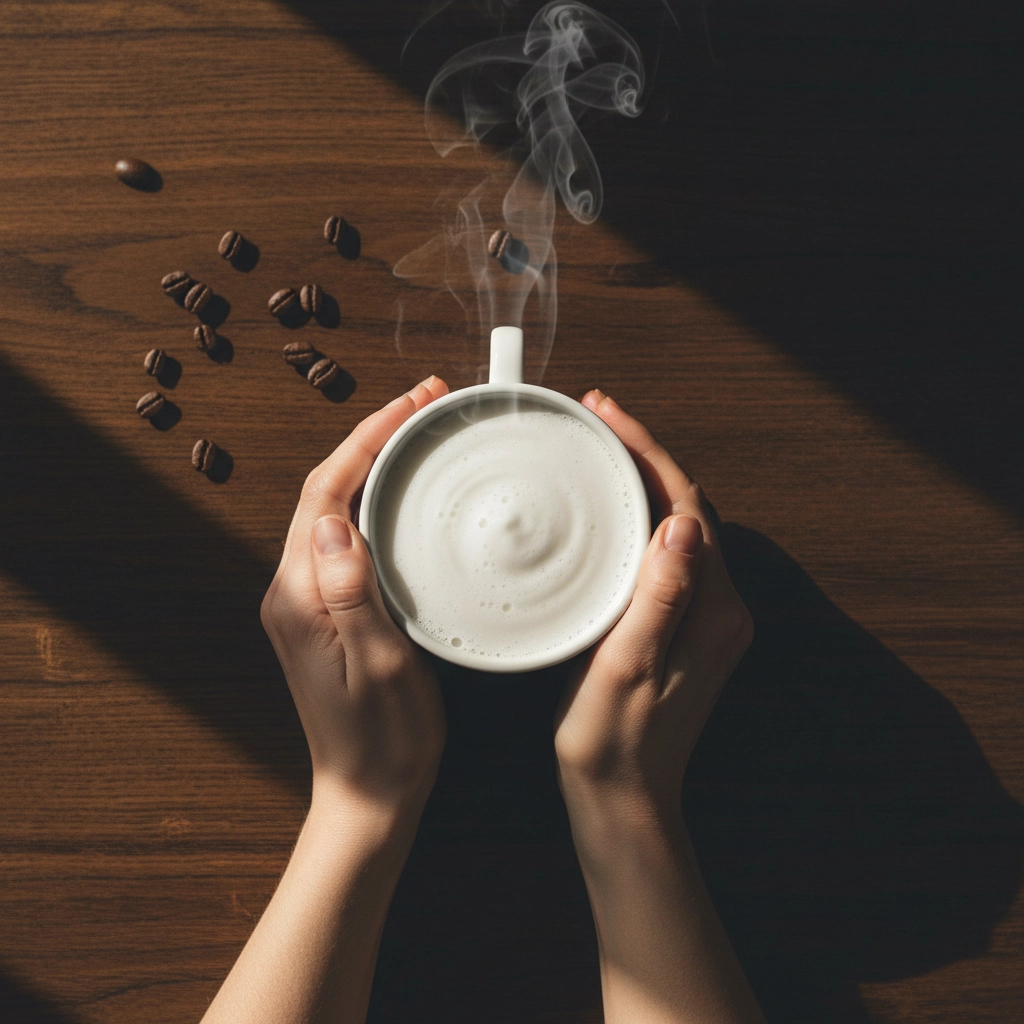Setting up the perfect home coffee bar isn't just about having a fancy espresso machine in the corner of your kitchen. It's about creating a space that lets you craft consistently amazing coffee every single day. Whether you're just starting your coffee journey or looking to upgrade your current setup, the right tools can transform your daily brew from "just okay" to absolutely exceptional.
The beauty of building your own coffee bar lies in the flexibility to customize everything to your taste preferences and brewing style. You don't need to break the bank or dedicate an entire room – even a small corner of your kitchen can become a coffee haven with the right essentials.
The Heart of Your Setup: Brewing Equipment
Your brewing method forms the foundation of your entire coffee bar experience. Espresso machines remain the gold standard for those wanting café-quality drinks at home. A good semi-automatic espresso machine gives you control over every variable while still being approachable for beginners. Look for machines with stable temperature control and consistent pressure – these features make the difference between a decent shot and an exceptional one.

Don't overlook alternative brewing methods, though. A French press offers simplicity and produces rich, full-bodied coffee that's perfect for lazy weekend mornings. Pour-over setups like the V60 or Chemex give you complete control over extraction time and water distribution, making them ideal for coffee enthusiasts who love the ritual of brewing.
Automatic drip coffee makers still have their place, especially if you need to brew larger quantities or want something you can set and forget during busy mornings. Look for machines with programmable features and thermal carafes to keep your coffee hot without burning it.
Grinding: Your Most Important Investment
Here's something that might surprise you: your grinder is probably more important than your brewing device. Burr grinders are essential because they create uniform particle sizes, which leads to even extraction and better-tasting coffee. Blade grinders might seem cheaper, but they create uneven grounds that result in over-extracted bitter notes mixed with under-extracted sour ones.
A quality burr grinder with adjustable settings lets you dial in the perfect grind size for your brewing method. Espresso needs fine grounds, pour-over works best with medium grounds, and French press calls for coarse grounds. Having this flexibility means you can experiment with different brewing methods without compromising on quality.
Precision Tools: Scales and Timers
If you want consistent results, measurement matters. A digital scale that measures to the gram (or better yet, to 0.1 grams) takes the guesswork out of brewing. The standard coffee-to-water ratio is around 1:15 to 1:17, but having a scale lets you adjust this to your taste preferences.
Timers help you track extraction times, which is especially important for methods like pour-over and espresso. Many coffee scales come with built-in timers, making them a perfect two-in-one solution for your setup.
Water: The Unsung Hero
Water makes up about 98% of your coffee, so quality matters. An electric kettle with temperature control is a game-changer, especially for pour-over brewing. Different coffee types extract best at different temperatures – light roasts often shine at higher temperatures (around 205°F), while darker roasts might taste better at slightly lower temperatures (around 195°F).

If your tap water is heavily chlorinated or has a strong mineral taste, consider using filtered water. You don't need anything fancy – a simple carbon filter can make a noticeable difference in your coffee's taste.
Storage Solutions: Keeping Things Fresh
Coffee beans are best consumed within 2-4 weeks of their roast date, and proper storage helps maintain their quality. Airtight containers protect your beans from oxygen, moisture, and light – the three enemies of fresh coffee. Look for containers with CO2 valves if you're storing recently roasted beans, as they continue to release gas for several days after roasting.
Keep your storage containers in a cool, dark place. Contrary to popular belief, the refrigerator isn't ideal for coffee storage unless you're freezing beans for long-term storage.
Coffee Selection: Exploring Flavors
The beauty of having a home coffee bar is the freedom to experiment with different flavors and profiles. Start with single-origin coffees to understand how different regions and processing methods affect taste. Ethiopian coffees often have bright, fruity notes, while Colombian beans tend to be well-balanced with chocolate undertones.

Don't be afraid to explore flavored coffees either. Pumpkin Spice brings warm autumn vibes to your morning routine, while French Vanilla offers smooth, creamy notes that pair beautifully with milk-based drinks.
For those who love dessert-inspired flavors, Mexican Chocolate provides rich cocoa notes with a hint of spice, and Caramel adds sweet, buttery complexity to your cup. Cinnamon Hazelnut combines warm spices with nutty richness – perfect for cozy winter mornings.
Milk and Steaming Equipment
If you enjoy lattes, cappuccinos, or other milk-based drinks, you'll need tools for heating and frothing milk. Steam wands on espresso machines provide the most control and create the best microfoam, but they require practice to master.
Milk frothers offer a more accessible alternative. Electric frothers heat and foam milk simultaneously, while manual frothers give you more control over texture. Keep various milk options on hand – whole milk creates the richest foam, while oat milk and other alternatives can add interesting flavor dimensions.
Essential Accessories
Several smaller items complete your coffee bar setup. Coffee cups in various sizes let you serve different drink styles properly. Espresso cups should be small and thick-walled to maintain temperature, while larger mugs work better for drip coffee or lattes.
Filters are essential if you're using pour-over methods or certain drip coffee makers. Stock up on the right size and shape for your equipment. Stirrers or spoons help incorporate sugar or cream evenly.
A tamper is necessary if you have an espresso machine – it compresses the grounds evenly for proper extraction. Knock boxes provide a convenient place to dispose of used espresso grounds.

Creating Your Perfect Setup
Start with the basics and build gradually. Identify your preferred brewing method first, then invest in quality equipment for that style. A good grinder and scale will improve any brewing method, making them worthwhile early investments.
Consider your available space and daily routine when planning your setup. If counter space is limited, look for compact equipment or consider vertical storage solutions. If you're always rushed in the morning, prioritize convenience features like programmable coffee makers or quick-heating kettles.
Remember that the best coffee bar is one you'll actually use. Don't feel pressured to have every gadget – focus on tools that enhance your specific coffee preferences and lifestyle. With the right essentials in place, you'll be amazed at how much your daily coffee experience improves, turning your kitchen into your favorite café.




